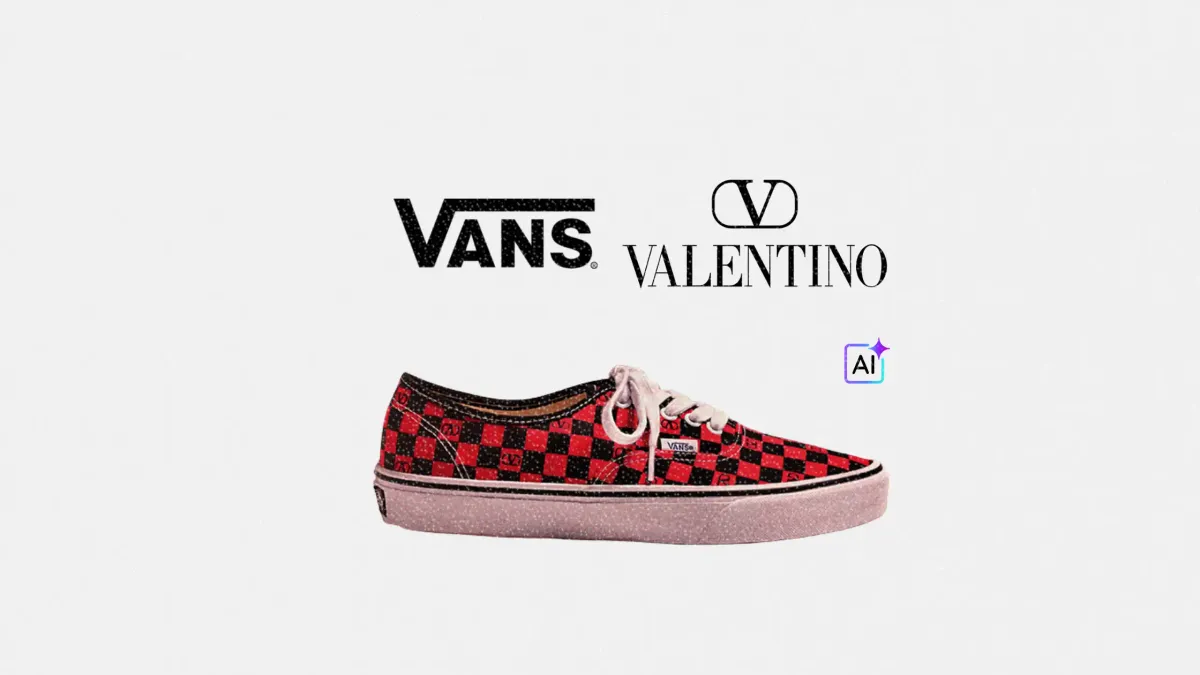The fashion industry is flirting with AI but is it ready for the consequences?
As AI-generated models enter campaigns, the fashion world confronts tough questions about authenticity, diversity, and ethics

AI-generated models are no longer a future concept. They are now front and center in high-profile fashion campaigns. But as artificial visuals grow more advanced, marketers are facing new pressure to choose between cost-saving automation and authentic human storytelling.
When US Vogue’s August 2025 issue featured a fictional Guess model with exaggerated features, the backlash was swift. Critics called out the campaign’s "insane" beauty standards. H&M soon followed with plans to clone real models digitally, adding fuel to the fire. Meanwhile, the British Fashion Model Agents Association launched the “My face is my own” petition to demand legal protection against unauthorized AI use.
This article unpacks the AI wave hitting fashion marketing, what industry leaders are saying, and how marketers can make smart, ethical choices in this new era.
Short on time?
Here’s a table of contents for quick access:
- AI models spark backlash in fashion campaigns
- Real diversity is harder to deliver than it looks
- The creative potential and emotional limits of AI
- What marketers should know: strategy, ethics, and transparency

AI models spark backlash in fashion campaigns
Fashion has always played with fantasy. But with AI-generated models now appearing in global ads, the fantasy is starting to feel disconnected from real human experiences.
Guess’s controversial campaign drew criticism not just for its surreal visuals but for what they represented. It signaled a deeper shift in how brands might bypass traditional model casting, editing, and even consent. H&M’s announcement of digital clones of real models further blurred the line between inspiration and imitation.
Talent advocates are pushing back. The BFMA’s petition calls for regulation to ensure that real human models are not digitally exploited without consent or compensation. The industry’s reckoning with AI is no longer hypothetical. It is operational and legal.

Real diversity is harder to deliver than it looks
For years, fashion marketers have been urged to prioritize representation. Today, audiences expect campaigns to reflect a wide range of body types, ethnicities, ages, and abilities. But AI complicates that.
“Body diversity, different skin tones, genders, and abilities are finally being celebrated,” said Lynn Ong, Head of Marketing and PR at YOLO Event Agency. “But it goes beyond visuals. It affects production, sizing, inventory, and even pricing.”
Digital avatars might allow surface-level diversity at scale. But for marketers serious about inclusivity, AI can’t replace the need to understand and serve real people with real differences.
Christopher Daguimol, consultant for Philippines Fashion Week and former Zalora communications director, emphasized that genuine inclusivity is now the baseline. Audiences are not just asking for it. They expect it.
The creative potential and emotional limits of AI
AI brings undeniable advantages. Campaigns can be produced faster and cheaper. Small brands can explore concepts that used to require big budgets. But there are tradeoffs.
“AI may look stunning, but it will feel sterile because it lacks the warmth and unpredictability that makes fashion human,” Ong explained.
Iman Zulkifli, Head of Marketing at Bata, added that connection is the currency of good fashion marketing. “People don’t connect to bodies because of how they look. They connect because of the stories behind them.”
Crispin Francis, Thailand Country Manager at Tocco Toscano, acknowledged the progress of AI models and believes full replacement is likely. But he also admitted that branding power remains out of reach. “AI can’t replace a global superstar whose face means something to people.”

What marketers should know
As AI becomes more accessible, fashion marketers face new creative, ethical, and reputational challenges. It’s not just about using the technology—it’s about how you use it, why you use it, and what message that sends.
Here are three key principles to guide responsible and effective AI integration:
1. Use AI strategically, not emotionally
AI is a great tool for iteration and exploration, especially in previsualization stages. But marketers should reserve the final output for moments that require human depth and resonance. Use AI to assist creativity, not replace connection.
2. Be aware of biased training data
Without care, AI-generated visuals can reinforce outdated or harmful beauty standards. Marketers must work with tools that are built on diverse datasets and audit their outputs for unintended biases.
3. Build transparency into your messaging
Labeling AI content builds brand credibility. “A simple note like ‘This campaign features AI-generated visuals to explore body diversity’ shows accountability,” said Daguimol.
Iman Zulkifli agrees. “People don’t expect brands to be perfect. They just want honesty. Transparency builds trust and shows respect for your audience.”

AI may dominate the conversation, but human stories remain at the heart of fashion. As the industry experiments with synthetic models and cloned visuals, marketers must decide where to draw the line.
The most trusted brands will be the ones that balance innovation with integrity. Technology can support your message, but only human storytelling can make it meaningful.







